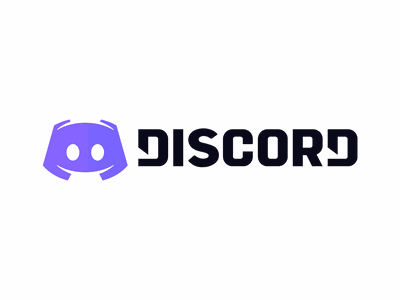Official post from OnStartups


Join our discord server for more intellect discussions “Big Brains”.
Follow my blog “Big Brains”, if you like the content I post.
First, let’s talk about the difference? What do I mean by tools, and what do I mean by transformations?
Tools
Sometimes, the product you are selling is in a category that is well understood. Customers know the category, they know what other products are in that category, and they may previously have used another tool in the category. They don’t have to learn a ton to understand what the tool does. They don’t have to go through an existential crisis to adopt the tool — it solves a specific problem, and can be implemented without having to rethink how they do things.
Examples of tools are a to-do list app, or a time tracking system. I’m not saying that these products can’t be sophisticated or differentiated, what I am saying is that customers have a pretty good sense for what the product is going to do for them and why they might need it.
Transformations
Sometimes, the product you are selling is transformational. Adopting it requires customers to rethink all or parts of their business. Often it requires rethinking their career. It requires transformational change.
Example: The early “inbound marketing platform” HubSpot was selling in our early years. The premise of our product was: “The way you’ve been doing marketing is fundamentally broken and doesn’t work as well anymore. You’re going to have to do it very, very differently. Our product can help.” Convincing professional marketers that all the things they had spent their careers doing (and getting good at) was less relevant now (like buying lists, putting up a booth at a tradeshow, etc.) was not an easy thing to do. We were asking for a transformative change in their thinking.
Change is hard. Convincing someone else to change is even harder.
Tools Are Bought, Transformations Are Sold
If you’re selling a tool, you might be able to put a great website up, explain what your product does, perhaps contrast it to other tools in the market, tell customers the price and provide a way for them to buy it. Easy-breezy.
If you’re selling a transformation, a website is not going to be enough. If you’re asking someone to make a massive change to how they do things, you’re going to likely have to sell. First, you’ll have to sell them on the reason why change is necessary. Without making that sale, you’re not going to be able to sell them on your particular product.
So, if you’ve got a transformational product, you’re likely going to need sales people to sell it. Not ones that have aggressive sales tactics and worry about how quickly they can close — but ones that know that the prospective customer has to be sold on the change first before you can even start to have a conversation about the product.
Tips On Selling A Transformative Product
- If ever there was a time you needed marketing, this is it. You need to tell the story of how the world has changed and what companies need to do to leverage the change (or at a bare minimum, adjust to it).
- When it comes to recognizing the need for change, you don’t have to go it alone. Chances are, there are other companies that also benefit from the particular change you are advocating (just like there were many companies pushing for “inbound marketing” when HubSpot first got started. Work with other companies (even if they’re competitors) to spread the word, and increase the size of the pie.
- As you build a base of “converts” that are aligned with how you see the world, work to pull those people into a community. Help them connect to each other. Support them in their efforts. Recognize their achievements.
- When hiring sales people, remember that you need people that can help teach people about the change. Why it’s important. What happens if they don’t make the change. Without first convincing the customer that change is necessary, it is impossible to sell them on your product. If you start with “aggressive” sales people that are only interested in selling the product, you are unlikely to be successful.
- In the early days/weeks/months, recognize that your customers are likely going to need a lot of hand-holding and help. It will feel uncomfortable, because there’s a voice in your head telling you “this won’t scale”. The voice is right — it won’t. But you still need to do it right now. For those early customers, you have to go as far as you need to in order to help them be successful. You can worry about scaling later. If you have so many customers that you can’t afford to give them the same level of help anymore, that’s a high quality problem. Much better problem to solve than “We don’t have anybody that’s really succeeded with our product yet.”